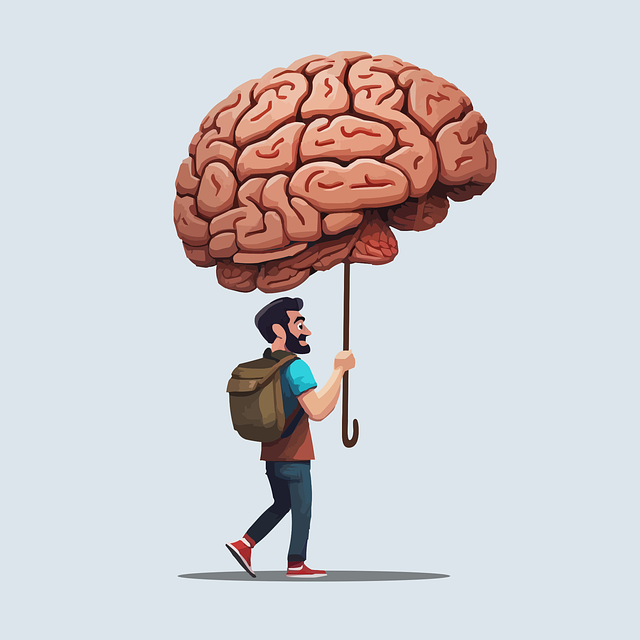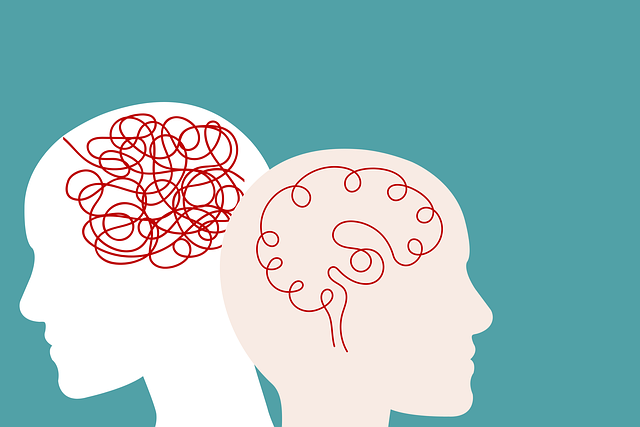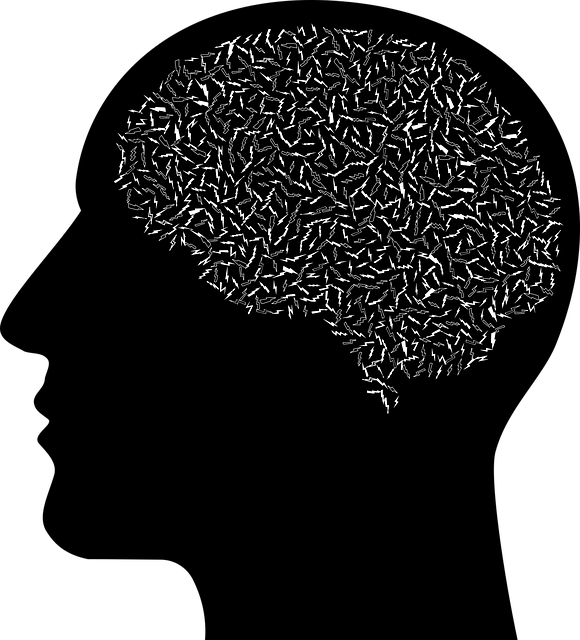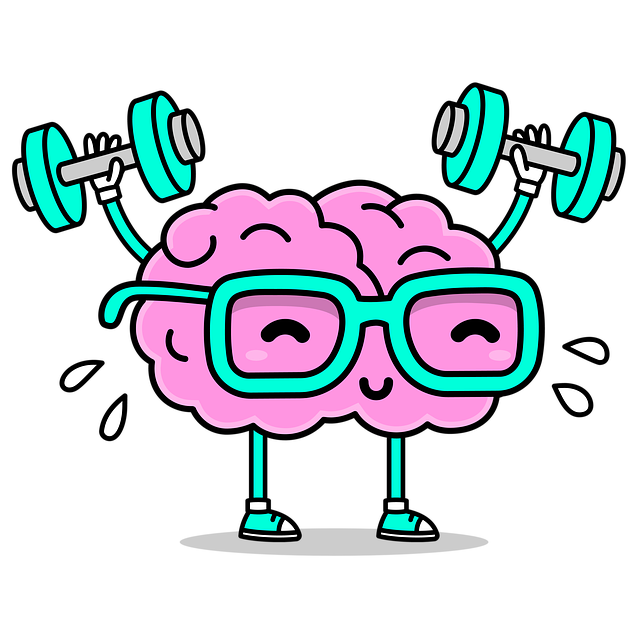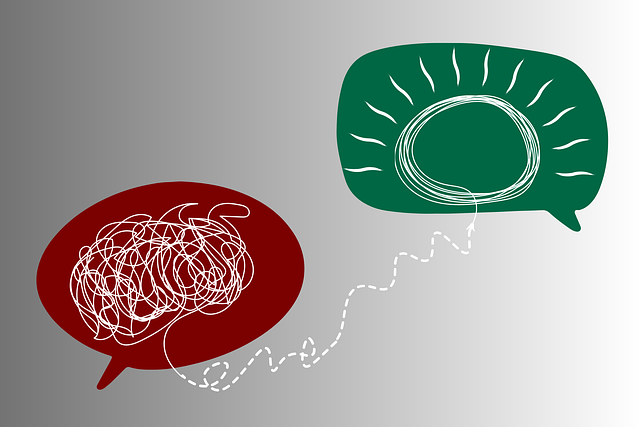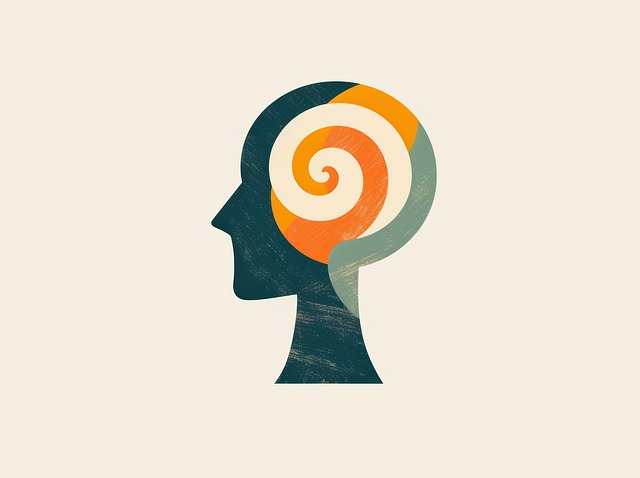Cultural sensitivity in mental healthcare, especially for diverse communities like Lone Tree's Mandarin Chinese-speaking population, requires therapists to understand and respect unique cultural contexts. Effective communication involves fluency in Mandarin, active listening, clear explanations, and adaptive techniques. Best practices include therapist language proficiency, professional interpreters, emotional intelligence, self-awareness exercises, and incorporating traditional healing methods tailored to Chinese cultural contexts. This approach enhances therapeutic outcomes for Lone Tree's Mandarin Chinese-speaking community by fostering meaningful emotional well-being through culturally considered care.
Cultural sensitivity is an essential aspect of mental healthcare, ensuring inclusive and effective treatment for all clients. This article explores the critical topic of cultural competence within the context of Lone Tree’s approach to serving Mandarin Chinese speaking individuals. We delve into the understanding of cultural sensitivity, highlighting the significance of language and communication skills in providing tailored therapy. By examining best practices, we offer insights into how healthcare professionals can deliver culturally sensitive care, addressing unique challenges faced by this demographic.
- Understanding Cultural Sensitivity in Mental Healthcare
- The Role of Language and Communication in Cultural Competence
- Best Practices for Providing Culturally Sensitive Therapy to Mandarin Chinese Speaking Clients at Lone Tree
Understanding Cultural Sensitivity in Mental Healthcare

Cultural sensitivity in mental healthcare involves understanding and respecting the diverse beliefs, values, and practices of individuals from various ethnic and cultural backgrounds. This is particularly important given that mental health issues do not exist in a cultural vacuum; they are influenced by societal norms, family dynamics, and community support systems unique to each culture. For example, Lone Tree Mandarin Chinese-speaking therapy clients may have different expectations regarding confidentiality, expression of emotions, and the role of family in treatment decisions.
Mental healthcare professionals must be equipped with strategies such as Empathy Building Techniques and Mental Health Education Programs Design to bridge cultural gaps and foster effective communication. By incorporating these approaches, practitioners can reduce the Mental Illness Stigma Reduction Efforts and create a more inclusive environment that honors individual cultural identities. This not only enhances therapeutic outcomes but also strengthens the relationship between healthcare providers and their diverse clientele.
The Role of Language and Communication in Cultural Competence

Effective communication is a cornerstone of cultural sensitivity in mental healthcare. When providing services to a diverse range of clients, therapists must be adept at navigating language barriers and understanding cultural nuances. For instance, a Lone Tree Mandarin Chinese speaking therapist needs to be proficient in both spoken and written Mandarin to connect with their Chinese-speaking patients. This involves not only translating words but also comprehending cultural contexts and idiomatic expressions that can significantly impact therapy sessions.
Cultural competence requires therapists to go beyond basic translation services. They should employ strategies like active listening, clear explanations, and adaptive communication techniques tailored to individual patient needs. By fostering open dialogue and ensuring mutual understanding, healthcare providers can create a safe and supportive environment for patients to discuss their experiences, emotions, and challenges, thereby enhancing the effectiveness of treatments, including anxiety relief strategies, and promoting burnout prevention for both patients and healthcare professionals alike.
Best Practices for Providing Culturally Sensitive Therapy to Mandarin Chinese Speaking Clients at Lone Tree

Providing culturally sensitive therapy to Mandarin Chinese speaking clients at Lone Tree requires a deep understanding and respect for their cultural background and traditions. It’s essential to create an environment where clients feel safe to express themselves freely, despite language barriers or differences in cultural norms. Best practices include ensuring therapists have basic proficiency in Mandarin Chinese, utilizing professional interpreters when needed, and actively practicing emotional intelligence to understand nuanced emotional expressions.
Additionally, incorporating self-awareness exercises and self-care practices tailored to the client’s cultural context can be immensely beneficial. This may involve learning about traditional Chinese healing methods or integrating specific self-care rituals into therapy sessions. By doing so, therapists not only foster a deeper connection with their clients but also enable them to navigate their emotional well-being in ways that resonate with their unique cultural identities, ultimately enhancing the therapeutic experience for Lone Tree’s Mandarin Chinese speaking community.
Cultural sensitivity is paramount in mental healthcare, especially when serving diverse communities like those with Lone Tree Mandarin Chinese speaking therapy needs. By understanding cultural nuances and adopting best practices, such as recognizing language barriers and incorporating culturally relevant therapeutic approaches, mental health professionals can create a more inclusive and effective care environment for all clients, regardless of their background. This approach not only enhances treatment outcomes but also fosters trust and strengthens the bond between therapist and client.
